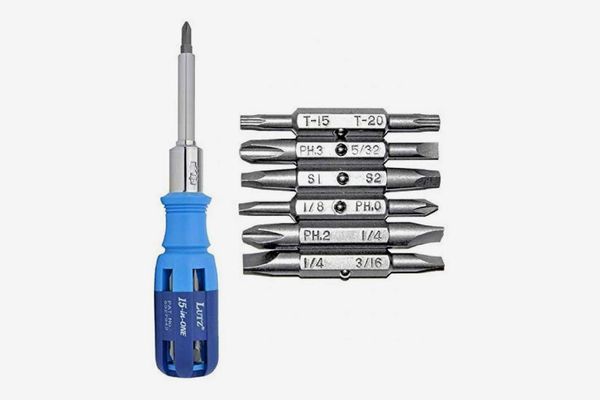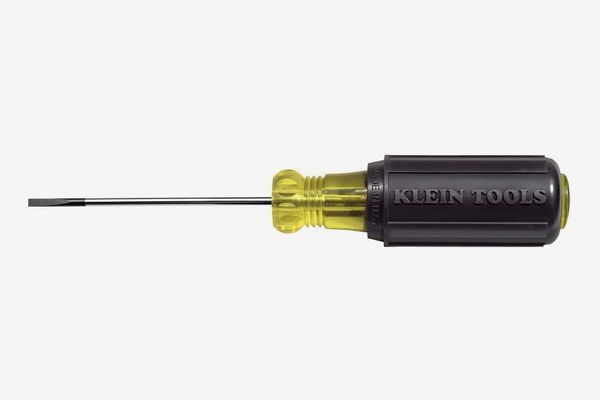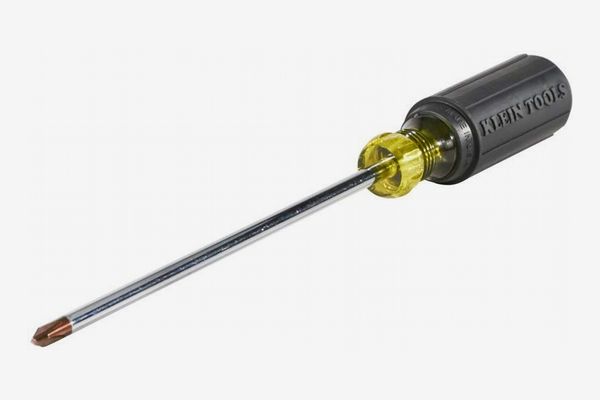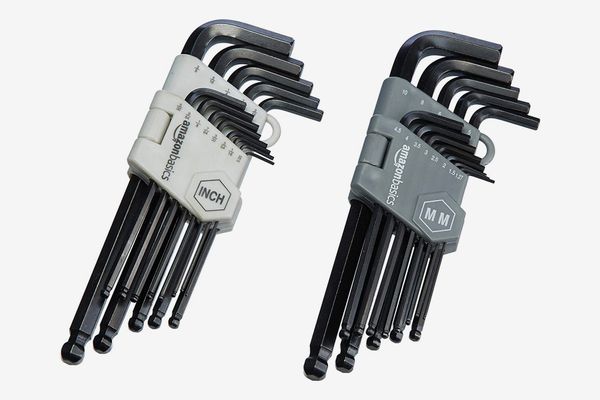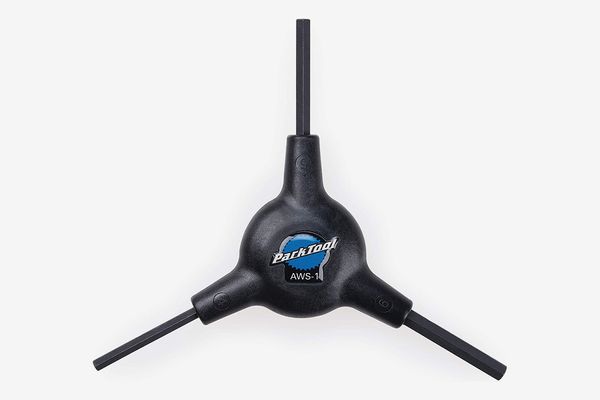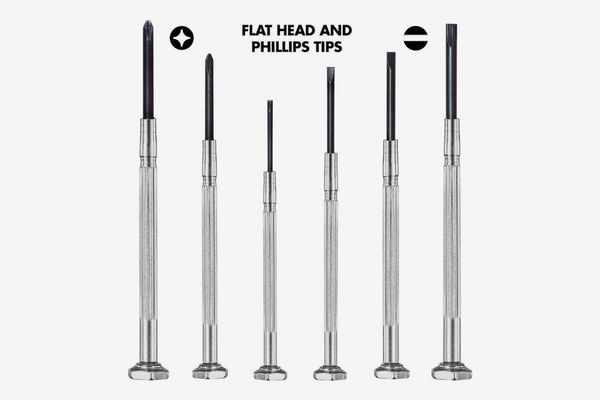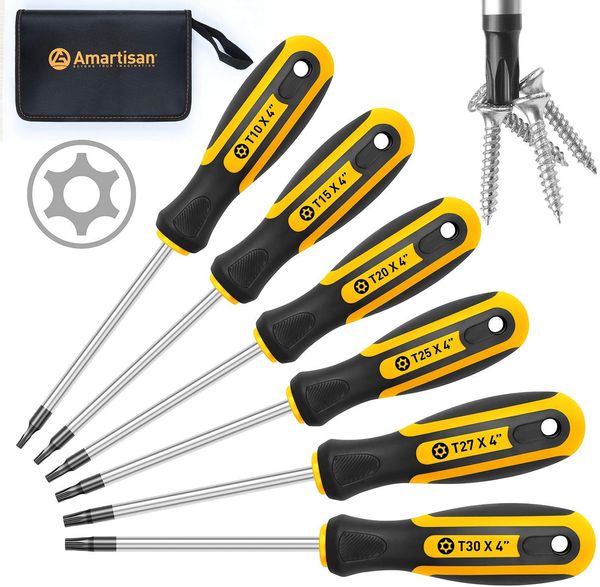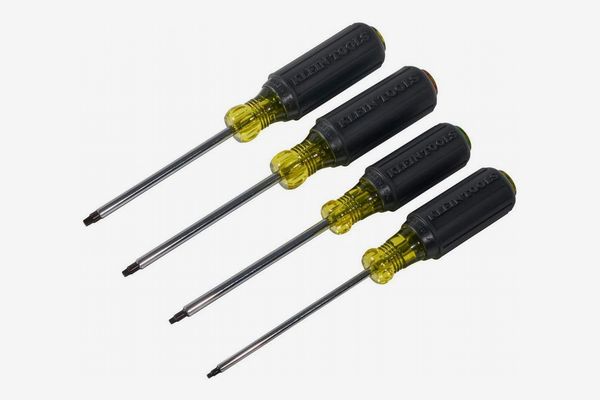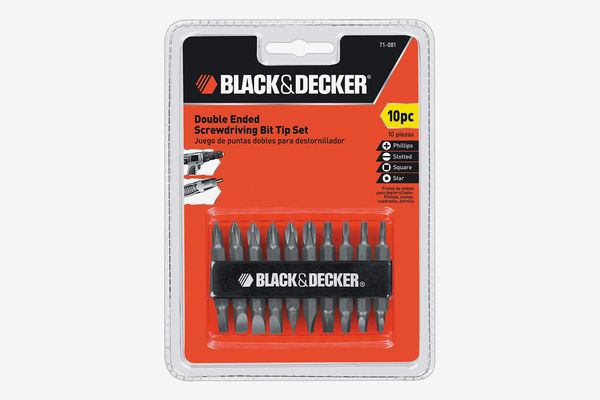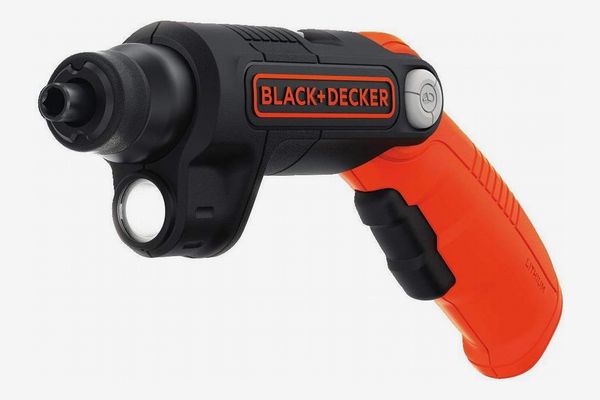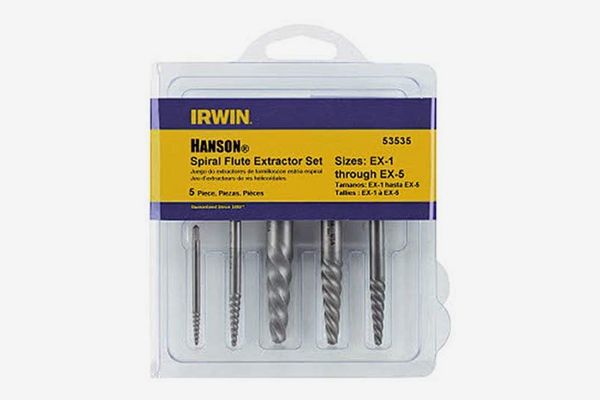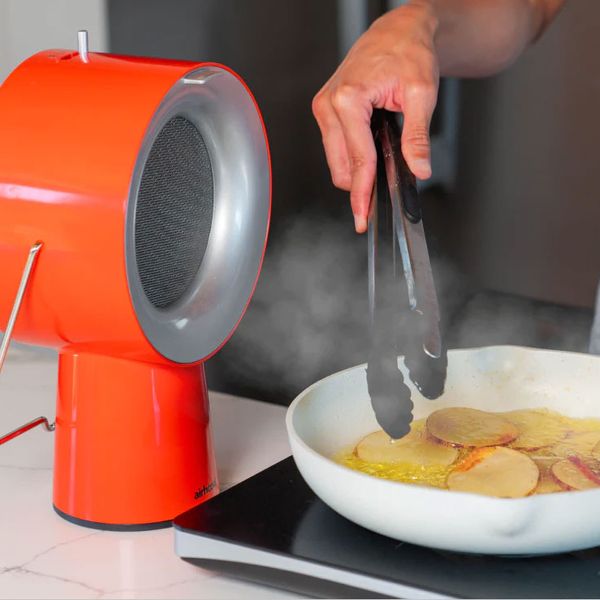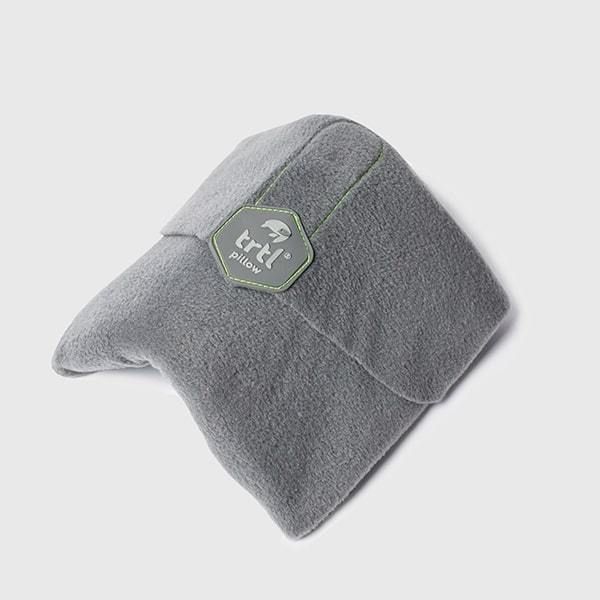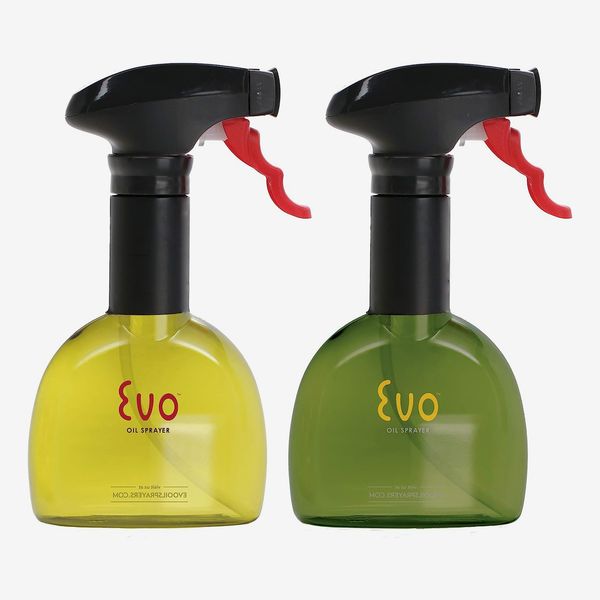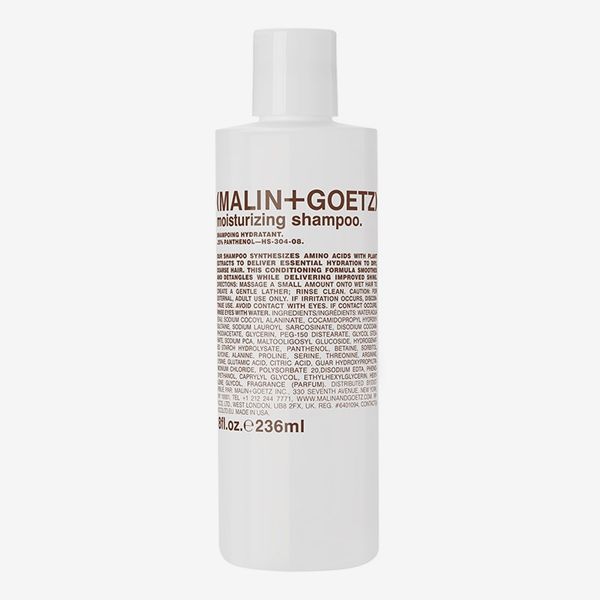
There are a lot of different kinds of screwdriver — at least a dozen distinct types. But, according to Justin May, of Alpers Hardware in Port Washington, New York, unless you work on cars, cell phones, or, say, in the aerospace industry, you really need to know only five of them. “Usually, all you really need are a couple of different sizes of flathead and Phillips screwdrivers,” he says. “Unless you do specialty work, you don’t need super-small bits, and you don’t need lots of different options.” Whether you’re buying for yourself or as a gift, here are the most useful screwdrivers for five different types of people, along with an important skill that everyone should know.
For people who just want to buy one thing and get it over with
Most everything handled by traditional screwdrivers can be taken care of by a single tool with interchangeable bits. This Lutz screwdriver is a favorite of Strategist senior editor Peter Martin, who learned about it from his uncle, a longtime plumber. Its 15 bits — including the standard flathead and Phillips, along with more specialized Robertson and Torx bits (see below), which you probably won’t need until you start a career in decking — are stored inside the handle, so you don’t have to carry around an extra case.
This is a ratcheting screwdriver, which means the shaft can spin freely in one direction. So if you’re tightening a screw, it’ll apply turning force as you rotate your wrist to the right, then let your wrist spin back to the left and into place for another twist — all without removing the screw head from the screw. Since the tip and shaft are not part of the same solid piece of metal, a tool like this isn’t as strong as a traditional screwdriver. But if you need a screwdriver only a few times a month (or year), this is your best option. It’s basically a multi-tool. As May says, it means “you don’t have to carry around a box filled with screwdrivers.”
For those with a little more patience (and space)
Flathead screwdrivers are iconic, but they also can be hard to get into screw heads, since you have to line up the slots perfectly, and quick to slip out once you do. They’ve mostly been replaced by Phillips head screwdrivers, which have tips that look like an X. Those get more grip on a screwhead and almost funnel the screwdriver into the correct position. Still, if you’re going to be changing light switches or outlets, you’ll need a flathead screwdriver to remove the plastic faceplates. For nearly everything else, like mounting that coat hook to the wall or attaching the hardware to hang a heavy mirror, you’ll want a Phillips head.
Klein Tools screwdrivers are made in the U.S. and have a comfortable, cushioned handle that should be a more common feature than it is. The company’s screwdrivers have impressively durable tips — a critical feature for smaller tools, which can be more susceptible to bending and breaking.
Phillips head screwdrivers come in sizes from 0 to 4. The lower the number, the larger the tip. Most jobs can be handled by a No. 2, like this 7-inch option from Klein.
For bicyclists or fans of IKEA furniture
If you’ve ever assembled a Hemnes bed or Billy bookcase, you’re familiar with hex-head screws, which require Allen wrenches, also known as hex keys. Furniture makers like these because they sit deep inside the screwhead for a better grip, which allows you to more easily make tight connections necessary to attach, say, the legs of a couch. Also, Allen wrenches are small and inexpensive to make, so manufacturers like IKEA can include them in the box, reassuring buyers that they’ll definitely have the tools they’ll need for assembly. That small size and weight is also what makes Allen wrenches good bike tools. They make tight connections and can be thrown in your bag without weighing you down.
Hex keys can be annoying to use, in that you have to line the key up perfectly perpendicular with the screwhead. But this affordable set, which comes with both metric and standard sizes, has rounded tips, a feature that lets you insert the wrench into the screw head at a slight angle. That can be especially nice in tight spaces.
One (deserved) knock on Allen wrenches is that, without handles, they are uncomfortable and can dig into your hands. Bicycle-equipment company Park Tool solved that problem with an actually comfortable (and grip-able) Y-shaped wrench, which includes 4mm, 5mm, and 6mm hex-head drivers — three of the most common sizes.
For anyone who wears glasses or has kids
This affordable set of drivers has four mini flathead tools and two mini Phillips. I’ve used my set for years to repair glasses and have never been disappointed. The tiny heads are also perfect for battery compartments in kids’ toys.
For woodworkers
Both Torx (star-shaped) and Robertson (square-shaped) screwdrivers and screws are made to resist cam-out, the frustrating thing that happens when your screwdriver head slips out of the screw. If you’re building fine furniture, cam-outs can be more than just frustrating. They can scar your wood. Both types, like Phillips head, are self-centering: As you push the screwdriver into the screw, it’s easy to slip into place. And they get a good grip on the screw, which is important when you’re working with dense wood. For either type of screwdriver, “There’s not a universal fit,” says May, “so you’ll need to get a set.”
A full range of sizes, and they’re made from vanadium steel, a durable material that should last for years.
Comes with those comfortable Klein handles, the ends of which are color coded for easy access.
For those who want to make as little effort as possible
If you already have a drill, you basically have a screwdriver. Many drills come with different screwdriver heads that fit into the chuck (the clamping mouth that holds the drill bit), but if yours didn’t, this $5 bit set includes ten different screwheads. Just remember that drills are more powerful, so it’s easy to accidentally strip the head of a screw when you don’t stop the drill in time and over sink the screw. (See below for how to fix that problem, should it happen.)
If you don’t have a drill (and don’t think you’ll need one), try an inexpensive electric screwdriver like the Black & Decker RotoBit. It’s much easier than a traditional screwdriver, since you don’t have to do any of the twisting, plus it has eight different bits and a built-in flashlight that comes in handy when you’re working in dark corners.
For anyone who accidentally stripped a screw
When you tighten a screw too much, or use the wrong size screwdriver, you run the risk of stripping the head of the screw. At that point, the screwdriver can no longer catch and turn the screw, and the screw gets stuck. The best way to fix this situation is to avoid it in the first place: If you sense a screw getting worn down, remove and replace it before it’s too late. But if it’s already too late, there are a few things to do.
First, try using a larger screwdriver to bite into the head of the screw. In some cases, a flathead bit can be used to twist out a Phillips screw. (Don’t try using a Torx to remove a stripped Phillips. It will strip the screw worse and may actually grind down the bit, too.) For a hopelessly stripped screw, May recommends a screw extractor.
When attached to a power drill, these bits pierce the stripped screw and bite into the metal that’s left. When you reverse the drill, the bit comes back out — and brings the screw with it.
The Strategist is designed to surface the most useful, expert recommendations for things to buy across the vast e-commerce landscape. Some of our latest conquests include the best acne treatments, rolling luggage, pillows for side sleepers, natural anxiety remedies, and bath towels. We update links when possible, but note that deals can expire and all prices are subject to change.
